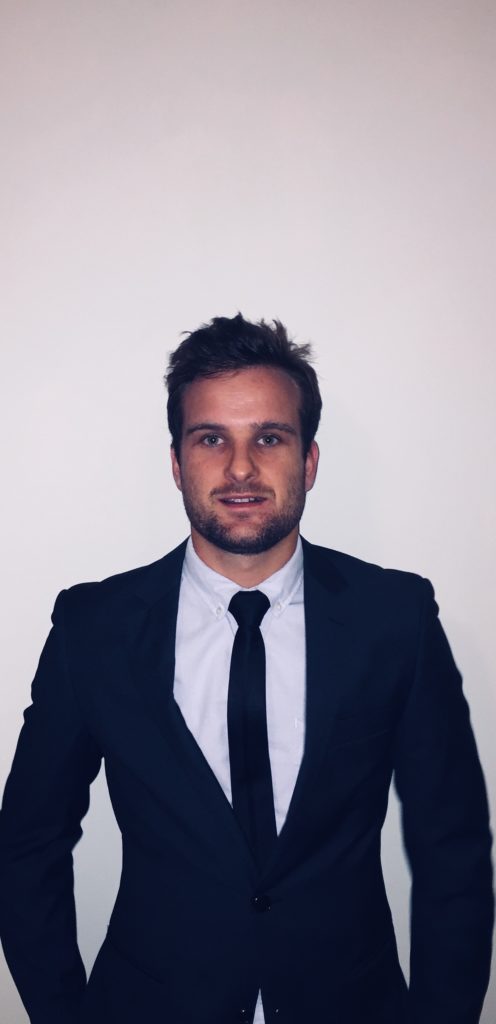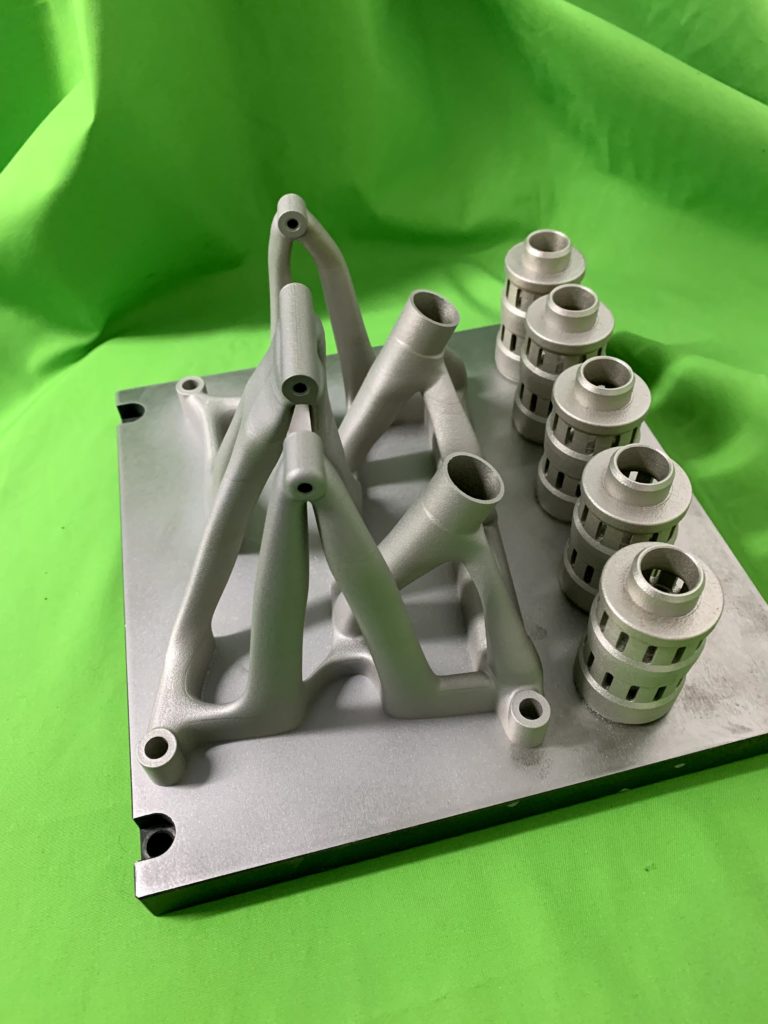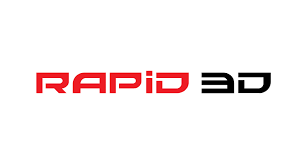Lynton Dent is the Business Development Manager for Rapid 3D. Rapid 3D is a reseller for EOS, Markforged, Artek, 3D Systems and HP in South Africa. In this interview, Dent discusses business consultancy in 3D printing.
What do you do in 3D Printing?
My team has worked with a range of sectors, – Aerospace, Automotive, Industry, Lifestyle, Medical and Rapid prototyping are the most prevalent sectors within which we have facilitated the development of AM. Our focus is primarily on AM within Industrial applications.
We range from consulting for a micro part level of material, technology, and design guidance to macro levels encapsulating the complete application or business case. Working with a transformative technology that plays a key role in our client’s competitive advantage strategies is what we do.
What is your view of 3D printing business consulting in Africa?
When new ideas and technologies are developed, the world looks on with bated breath. The bewilderment, inspiration, and potential that AM can bring is quickly drowned out by skepticism.
Conventional business consulting commercializes the professional service of advising. With AM consulting, the model becomes more hybrid, as it incorporates training, guiding, prototyping and in most cases a manufacturing partner in the early stages of business and application growth.
As a majority, this is not what we are seeing in Africa. We are seeing corporations and governments being “advised” to spend large budgets, on multiple duplicate machines of singular brand and technology. These machines are under-utilized and slowly becoming obsolete; with no connection to an application or viable business case. Sadly, these actions merely reinforce the skepticism around the technology.
Such behavior is not isolated to Africa – it is a trend seen around the world. There is a lot of noise, a lot of excitement and “hype” around AM technology. We are dealing with a technology that has no single one- size-fit-all. There is no infographic, recipe book or any other source of educational content that has all the answers. Unfortunately, no single manual that can be taken and applied to your company’s individual needs. This will cause a hard felt lesson for leaders seeking a “bolt on solution” to serve as the strategic AM strategy.
And what basic steps or considerations would you give to anyone wishing to establish a 3D Printing consultancy business?
This is an important question. 3D Printing consulting has the potential to empower African industries. So I would like to rephrase the question.
For an AM consulting business to have the ability to add true value to the customer’s business, they need to demonstrate the ability to lead the customer on the journey of adoption, integration, and acceptance of this trans-formative technologies.
For this, a client needs access to a Team with business savvy, with a proven record of interpreting, unpacking, and solving technical engineering-related problems. AM solutions frequently encapsulate multiple disciplines. Supply chain, purchasing, maintenance philosophies, all have to be encapsulated in the team’s understanding for the AM solution to be truly effective and truly add value. Lastly and most critically, access to equipment and know-how. Knowledge of the equipment, and experience using it. Without access to equipment, the business consultant is unable to effectively guide the AM journey.
Do you see 3D Printing business consultancy growing in Africa and will African companies embrace these services?
As more and more (sectors/ industries/companies) adopt AM technology the more 3D business consulting and the role of the so-called “Business Consulting Salesman” will grow. I don’t believe this is unique to AM technology and in any complex tech-business space there will always be an opportunity.
AM technology has established itself as a technology that can truly unlock “the third wave” solutions and drive progress. I believe a key question that AM consultants should ask is what happens if we don’t help facilitate the development of this transformative technology? If we continue to put sales before enabling them and if we will continue to have factories of underutilized, obsolete equipment? We are missing the opportunity to leverage AM technology to grow a multitude of sectors. If we don’t facilitate this development, we will be left behind the developed world.
Subscribe to Our Email Newsletter
Stay up-to-date on all the latest news from the 3D printing industry and receive information and offers from third party vendors.
You May Also Like
3D Printing Financials: Fathom Struggles in Financial Quicksand During Critical Transition
Facing a year of key transitions and financial pressures, Fathom (Nasdaq: FTHM) has filed its annual report for 2023 with the U.S. Securities and Exchange Commission (SEC). The document outlines...
Latest Earnings Overview for Australian 3D Printing Firms Titomic and AML3D
Australian 3D printing manufacturing firms Titomic (ASX: TTT) and AML3D (ASX: AL3) reported their financial results for the period from July to December 2023, marking the first half of their...
3D Printing Webinar and Event Roundup: April 7, 2024
Webinars and events in the 3D printing industry are picking back up this week! Sea-Air-Space is coming to Maryland, and SAE International is sponsoring a 3D Systems webinar about 3D...
3D Printing Financials: Unpacking Farsoon and BLT’s 2023 Performance
In the Chinese 3D printing industry, two companies, Farsoon (SHA: 688433) and Bright Laser Technologies, or BLT (SHA: 688333), have recently unveiled their full-year earnings for 2023. Farsoon reported increases...


































